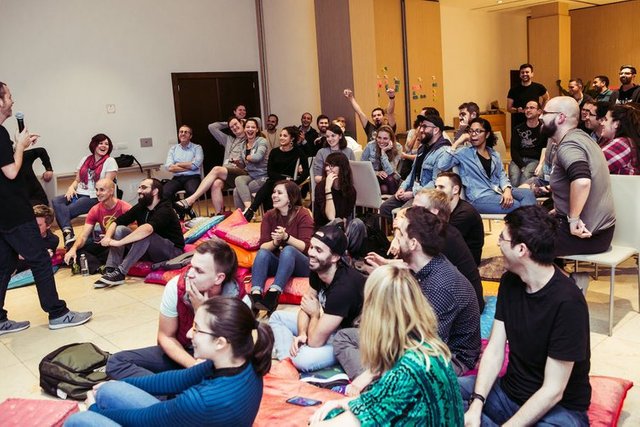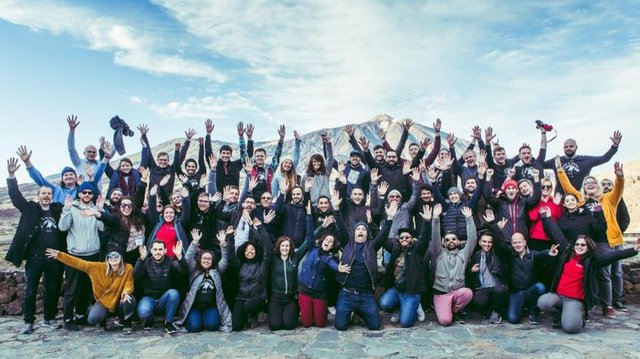The quest for better collaboration: principles, cheatsheets, and 10+ tools we use at Hotjar
If I had a dollar for every time someone at Hotjar interrupts my day by asking “Hey, are you busy? Can you check something for me super-quick?”... I’d be pretty poor.
That’s because our team has been making an effort to protect our time and focus by improving the way we collaborate with each other—but it didn’t happen overnight, and we’re still very much learning. Today we want to share a few things we did recently that might help you and your teams, too.
Table of contents
• What is team collaboration about?
• How collaboration works at Hotjar
• 4 basic rules for staying in sync with your team
• Team collaboration and meetings
• 10+ team collaboration tools we use
What is team collaboration about?
Team collaboration means more than just ‘having a group of people that work together’. Collaboration refers to the processes and practices that help members of a team
• Share knowledge
• Organize workloads
• Keep the entire company in the loop
• Learn from one another
• Reach a shared goal or deliverable
The impact of ineffective collaboration
Here’s a somewhat universal truth: a team that doesn’t collaborate well doesn’t go as fast and as far as one that does, regardless of the talent and commitment of the people involved.
When you and the people you work with have contrasting ideas about how to accomplish the same goals and work differently from one another, the results inevitably include misalignment, interruptions, duplicated work, siloes, errors, missed due dates, and a lot (a lot) of wasted time. I’m not trying to be apocalyptic—I think we’ve all been there at some point.
The basics of effective collaboration
Effective collaboration requires structured and repeatable processes in place so everybody knows how to do what they need to do. And that includes:
• Documenting and sharing information so it can be easily accessed by anyone who needs to be brought up to speed
• Communicating without interrupting a co-worker’s day
• Running meetings efficiently without wasting anybody’s time
• Distinguishing between ‘noise’ and important information
• Storing lessons learned and insights in a centralized and accessible location
• Using the right tools to store and retrieve information

Hotjar-jeopardy-values
These are really the basics of working together, but it’s not very often that small teams sit down to agree on them beforehand. And then, as a team expands, the opportunities and need for collaboration multiply—as does the potential for noise and confusion. Which is where we found ourselves last year.
How we improved collaboration through internal feedback
In 2017, the Hotjar team tripled in size (from 20 to 60). By mid-2018, we were aiming to reach 100 team members within 18 months—and yet, through all this growth, we still used the same communication processes and tools that had been in place at the start. Imagine this large, fully remote team spread across countries and time zones, where different groups used different systems and had different assumptions about how to work together → chaos.

More to come, stay tuned...